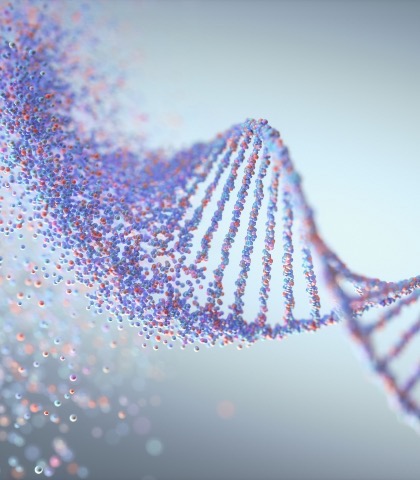
Oncopanel expanded with new genes and the use of digitalMLPA
Genes tested by NGS: APC, ATM, BAP1, BARD1, BLM, BMPR1A, BRCA1, BRCA2, BRIP1, CDH1, CDK4, CDKN2A, EPCAM, ERCC2, ERCC3, FANCC, FANCM, FH, FLCN, GREM1, MET, MLH1, MLH3, MSH2, MSH6, MUTYH, NBN, NF2, PALB2, POLD1, POLE, PRKAR1A, PTEN, PTCH1, RAD50, RAD51C, RAD51D, RET, SDHB, SLX4, SMAD4, SMARCB1, STK11, SUFU, TP53, VHL, WRN, WT1, UNC13D, MEN1, MITF, NTHL1, NF1, CHEK2, PMS2, RB1, PDK1, PDK2, PKHD1, PRSS1, PRSS2, SCG5, SPINK1, CTRC and HOXB13. Of which now newly introduced genes for NGS: MITF, PDK1, PDK2, PKHD1, PRSS1, PRSS2, SCG5, SPINK1, CTRC and HOXB13.
<>We are testing 30 selected oncopanel genes with the newly introduced digitalMLPA method: APC, ATM, BAP1, BARD1, BMPR1A, BRCA1, BRCA2, BRIP1, CDH1, CDK4, CDKN2A, EPCAM, CHEK2, GREM1, MITF, MLH1, MSH2, MSH6, MUTYH, NBN, PALB2, PMS2, POLE, PTEN, RAD51C, RAD51D, SCG5, SMAD4, STK11 and TP53.
SALSA® digitalMLPA™ is a copy number quantification technique for up to 1000 target sequences. This technique combines conventional MLPA technology with next-generation sequencing (NGS). The digitalMLPA method can target many more gene rearrangements than the previously used conventional MLPA analysis. This analysis also has the advantage of being less time-consuming, allowing for faster results from statim samples.